Deep Plane Facelift: History and High-Tech Alternatives with AMIRO
Navigation
- Introduction
- Historical Overview of Facelifts
- What is a deep plane facelift?
- How Deep Plane Facelifts Work?
- What Are the Side Effects of Deep Plane Facelifts?
- Non-Surgical Alternatives, A Paradigm Shift in Aesthetic Medicine
- The Rise of High-Tech Skin Tightening Devices: Principles and Key Innovations
- Conclusion
Introduction
Throughout history, the pursuit of beauty and youth has been a driving force in human civilization. Cultures across the globe have invested time, resources, and ingenuity to devise ways of preserving their appearance and combating the inevitable signs of aging. One such method is the deep plane facelift, a surgical technique designed to rejuvenate and refresh the face by addressing sagging, drooping, and excess skin.
In recent years, however, groundbreaking advancements in non-invasive technology have revolutionized the world of cosmetic procedures, creating stunning results without the need for surgery. This article explores the rich history of deep plane facelifts and introduces the AMIRO RF Skin Tightening device, an innovative non-surgical solution for achieving a more youthful, vibrant appearance.

Historical Overview of Facelifts
Facelifts, or rhytidectomy, have come a long way since their inception in the early 20th century. Initially, these procedures involved merely tightening the skin to achieve a smoother, more youthful appearance. Over time, cosmetic surgeons developed more sophisticated techniques to address the underlying muscles and connective tissues, resulting in longer-lasting and more natural-looking results. One such method is the deep plane facelift.
What is a deep plane facelift?
It repositions the deeper layers of the face, providing a comprehensive rejuvenation that addresses not only the skin but also the muscles and supportive structures underneath.
How Deep Plane Facelifts Work?
The deep plane facelift technique addresses the sagging of facial tissues by working on the deeper layers of the face, known as the superficial musculo-aponeurotic system (SMAS). The surgeon carefully separates the skin from the SMAS layer and manipulates it to achieve a lifted, rejuvenated appearance. This method is especially effective for addressing the mid-face and nasolabial folds and has become a gold standard in facelift procedures.
What Are the Side Effects of Deep Plane Facelifts?
Like any surgical procedure, a deep plane facelift carries some potential risks and side effects. While complications are relatively rare and most side effects are temporary, it's important to be aware of the possible issues that can arise. Some side effects and risks of a deep plane facelift include:
- Infection: As with any surgery, there is a risk of infection at the incision sites.
- Hematoma: It is a collection of blood outside the blood vessels, which may occur after surgery, causing swelling, and pain, and potentially requiring additional surgical intervention to remove the accumulated blood.
- Seroma: A gathering of fluid builds up under the skin after surgery, requiring drainage or additional procedures to manage.
- Scarring: Scarring is a natural part of the healing process, but the extent and visibility of scars can vary.
- Nerve injury: Temporary or permanent nerve injury may arise, resulting in facial weakness, numbness, or altered sensation.
- Asymmetry: There is a possibility of facial asymmetry, necessitating additional surgery.
- Prolonged swelling and bruising: Some patients may experience prolonged swelling and bruising, which could take weeks or even months to fully resolve.
Non-Surgical Alternatives, A Paradigm Shift in Aesthetic Medicine
Fearing health risks brought by deep plane facelifts, many individuals have tried to find non-invasive alternatives to rejuvenate their appearance without going under the knife. The demand for less invasive, lower-risk options has sparked a revolution in aesthetic medicine, giving rise to innovative treatments that offer similar results with minimal downtime and recovery.
The Rise of High-Tech Skin Tightening Devices: Principles and Key Innovations

Among the array of non-surgical options available, radiofrequency (RF) technology has emerged as a leading solution for skin tightening and rejuvenation. RF devices, such as AMIRO R1 PRO RF Skin Tightening Device, deliver 3mm radiofrequency, microcurrent energy, red infrared light and red led light to the deeper layers of the skin, stimulating the production of collagen and elastin fibers. According to skin experts with AMRIO, the skin tightening device can effectively reduce wrinkles by -18.6% in 2 weeks and firm and brighten the skin in 5 minutes. Want to have a safe, effective, and convenient solution to your deep plane? Go Check AMIRO out today!

Conclusion
In the ever-changing realm of beauty, the quest for beauty and youth remains a constant driving force. The deep plane facelift has long been a gold standard in facial rejuvenation, but the emergence of non-invasive technologies like AMIRO R1 PRO Facial RF Skin Tightening Device has opened the door to new possibilities. Combining the wisdom of ancient beauty ideals with the latest innovations, individuals can now achieve stunning results without the need for surgery. Should you want to know more about an at-home deep plane facelift or other skincare or beauty suggestions, please feel free to visit AMIRO.



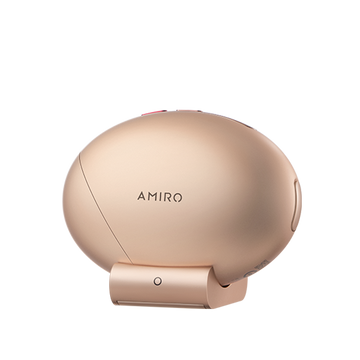








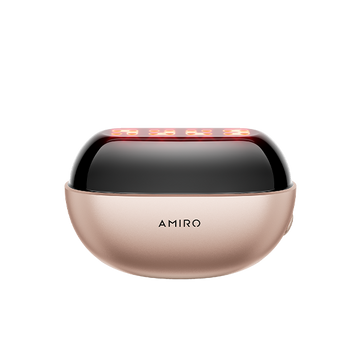
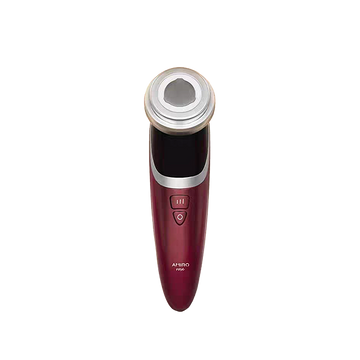
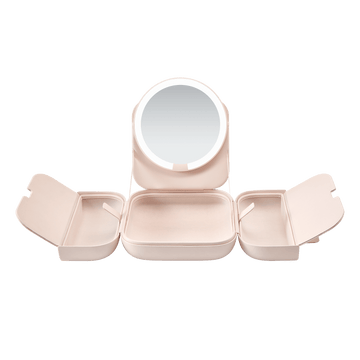













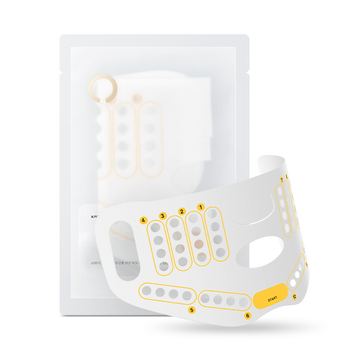



![[Half-Price Flash Sale] AMIRO Flash Sale Limited Stock](http://amirobeauty.com/cdn/shop/files/boxing_day_flash_sale_S2.jpg?crop=center&height=360&v=1766573695&width=360)






